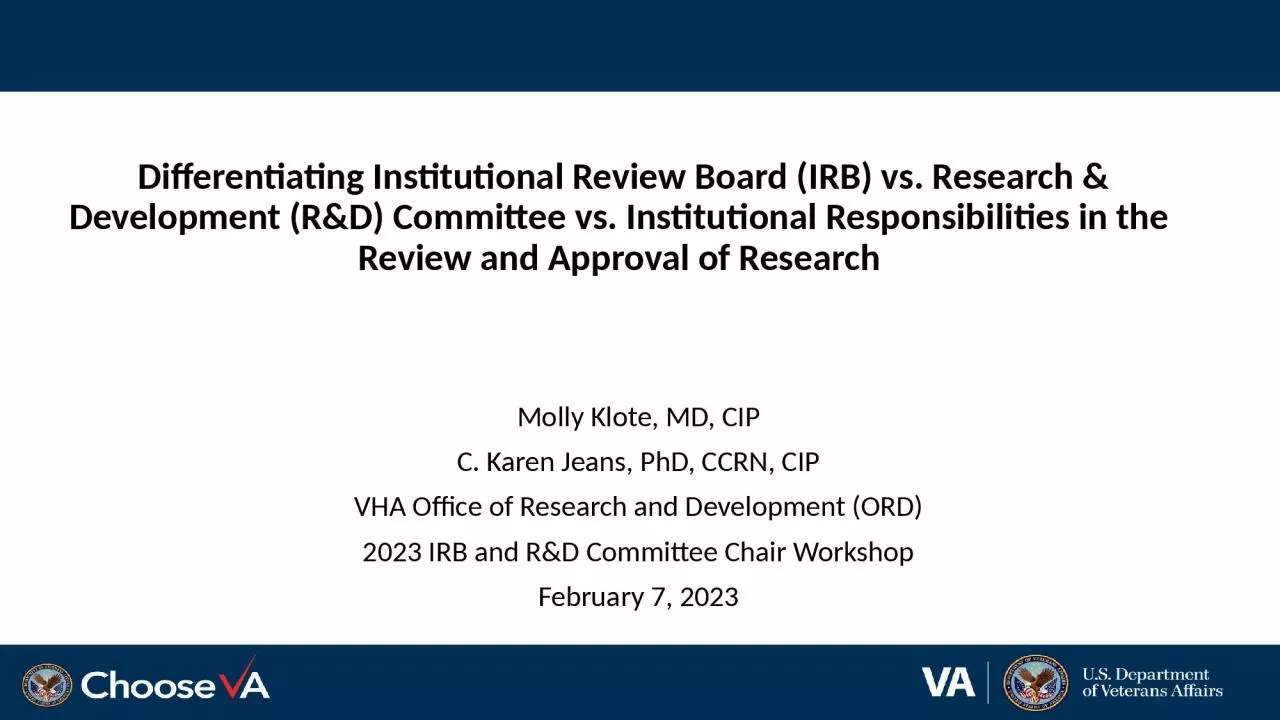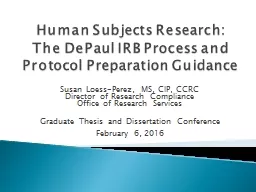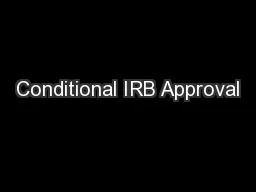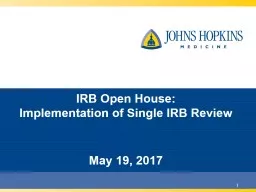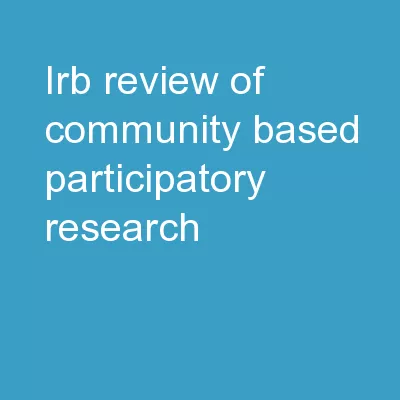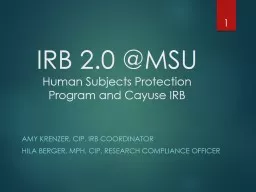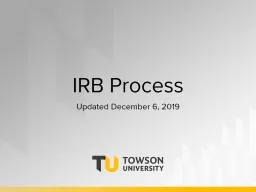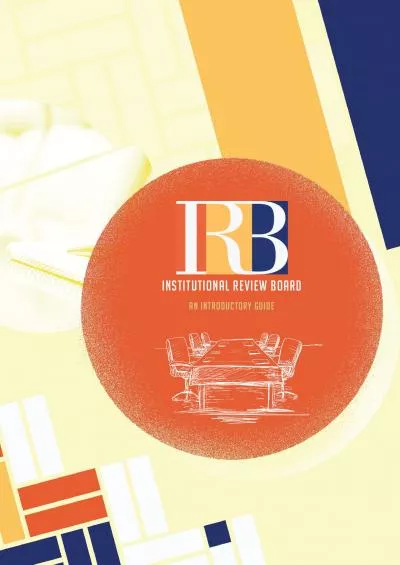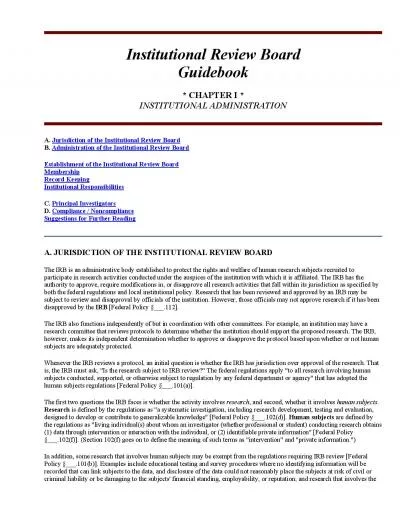PPT-Differentiating Institutional Review Board (IRB) vs. Research & Development (R&D)
Author : faith | Published Date : 2023-06-10
Review and Approval of Research Molly Klote MD CIP C Karen Jeans PhD CCRN CIP VHA Office of Research and Development ORD 2023 IRB and RampD Committee Chair Workshop
Presentation Embed Code
Download Presentation
Download Presentation The PPT/PDF document "Differentiating Institutional Review Boa..." is the property of its rightful owner. Permission is granted to download and print the materials on this website for personal, non-commercial use only, and to display it on your personal computer provided you do not modify the materials and that you retain all copyright notices contained in the materials. By downloading content from our website, you accept the terms of this agreement.
Differentiating Institutional Review Board (IRB) vs. Research & Development (R&D): Transcript
Download Rules Of Document
"Differentiating Institutional Review Board (IRB) vs. Research & Development (R&D)"The content belongs to its owner. You may download and print it for personal use, without modification, and keep all copyright notices. By downloading, you agree to these terms.
Related Documents

